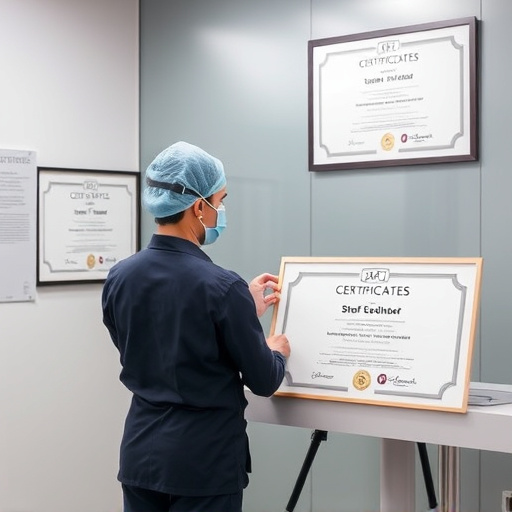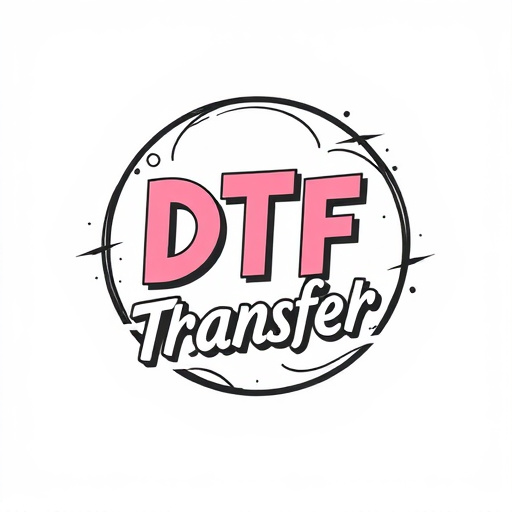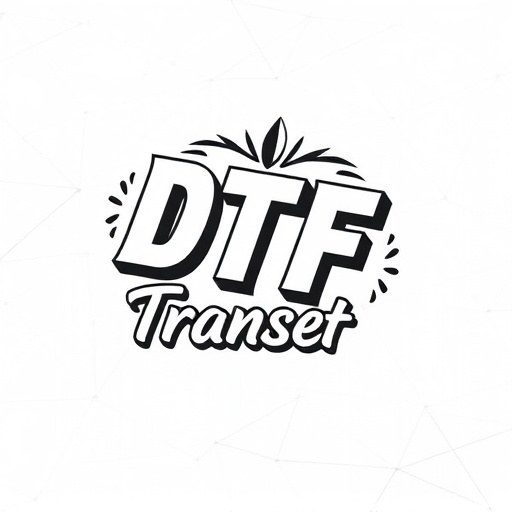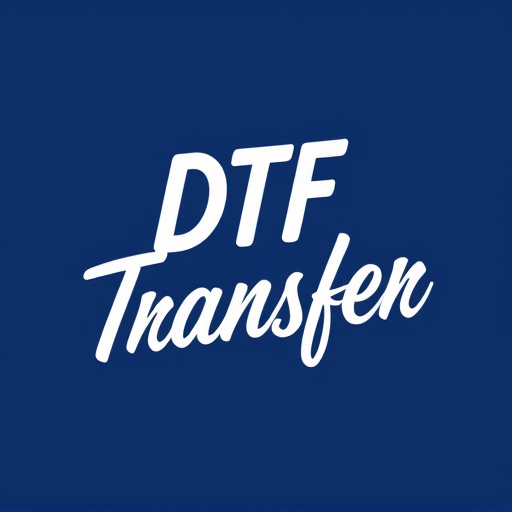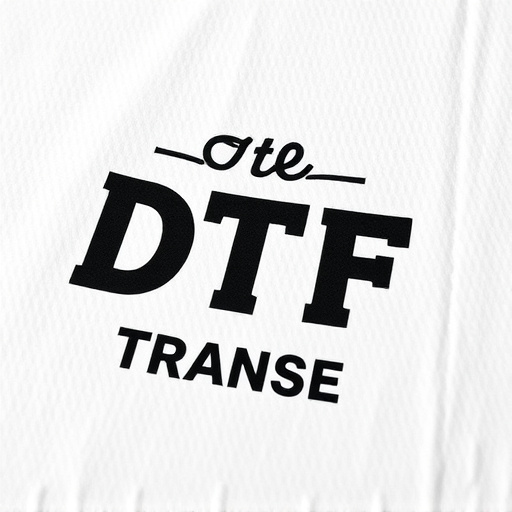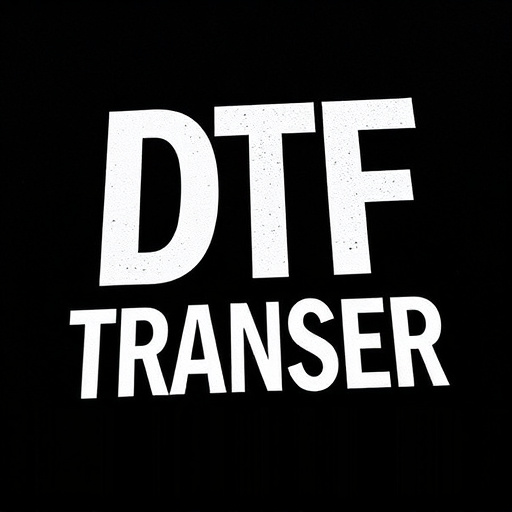Direct-to-film (DTF) technology has revolutionized content creation and delivery, especially in printing. DTF allows precise, high-quality image transfers to film or media using specialized equipment. Its versatility, speed, and efficiency make it ideal for creating stunning visual effects in films and durable prints for attractions, ensuring captivating experiences within tight deadlines. Key methods include DTF Transfer, using heat press machines for small batches, and UV printing for larger scales. Optimizing processes through digitally preprocessing designs, using specialized papers, and efficient order management reduces turnaround times. Real-world applications show significant advantages in industries like apparel and event management. Future advancements aim to further speed up and reliable DTF services, enhancing quality while meeting modern lifestyles' demands.
“Unveiling the speed and versatility of Direct-to-Film (DTF) technology, this article explores the ins and outs of delivering DTF products. From understanding the innovative DTF process to deciphering factors impacting delivery times, we delve into the diverse printing techniques and their turnaround. Discover tips to optimize print efficiency and explore real-world case studies showcasing swift DTF product deliveries. Additionally, we peek into future trends promising enhanced speed and reliability in the ever-evolving world of DTF transfers and prints.”
- Understanding Direct-to-Film (DTF) Technology and Its Applications
- Key Factors Influencing Delivery Time for DTF Transfers
- Exploring Different DTF Printing Techniques and Their Turnaround Times
- Optimizing DTF Prints: Tips to Reduce Processing Duration
- Case Studies: Efficient Delivery of DTF Products in Real-World Scenarios
- Future Trends in DTF Delivery: Enhancing Speed and Reliability
Understanding Direct-to-Film (DTF) Technology and Its Applications

Direct-to-film (DTF) technology has revolutionized the way we create and deliver visual content, particularly in the realm of printing. It involves a process where images are transferred directly onto film or other media using specialized equipment, offering unparalleled precision and quality. This cutting-edge method is not just confined to traditional photography but finds extensive applications in modern industries.
DTF transfers and prints have gained popularity due to their versatility. They are utilized in various sectors, from graphic design and advertising to the entertainment industry. For instance, DTF printing can create stunning visual effects for films, enhancing on-screen visuals with accurate color reproduction and fine details. It also plays a significant role in theme parks, where high-quality, durable prints are needed for attractions, ensuring a captivating experience for visitors. This technology’s speed and efficiency make it an attractive option, enabling businesses to deliver top-notch products within tight deadlines.
Key Factors Influencing Delivery Time for DTF Transfers
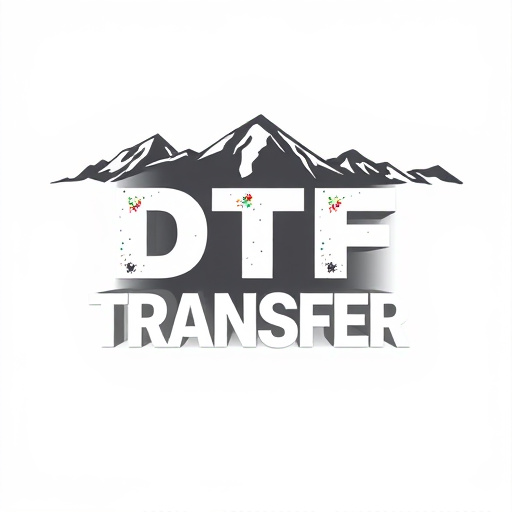
Exploring Different DTF Printing Techniques and Their Turnaround Times
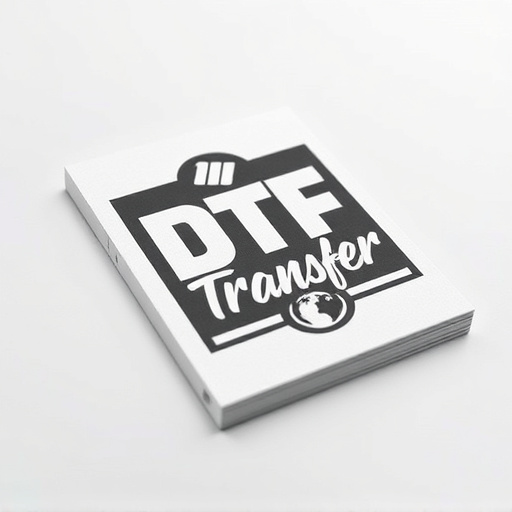
Direct-to-film (DTF) printing offers a range of techniques to cater to various needs and desired turnaround times. Each method has its unique advantages, affecting both the final product quality and production speed. One popular DTF Transfer technique involves using heat press machines to apply designs onto films, providing quick turnaround times of 1–2 days for small batches. This process is ideal for businesses requiring fast production without sacrificing quality.
Another emerging DTF Printing method utilizes advanced UV printing technology, which allows for direct printing onto clear film substrates. This technique offers even faster turnaround, often completing orders within 24 hours. While initial setup costs might be higher, the speed and versatility of UV printing make it a preferred choice for time-sensitive projects or large-scale productions, ensuring customers receive their DTF prints promptly.
Optimizing DTF Prints: Tips to Reduce Processing Duration
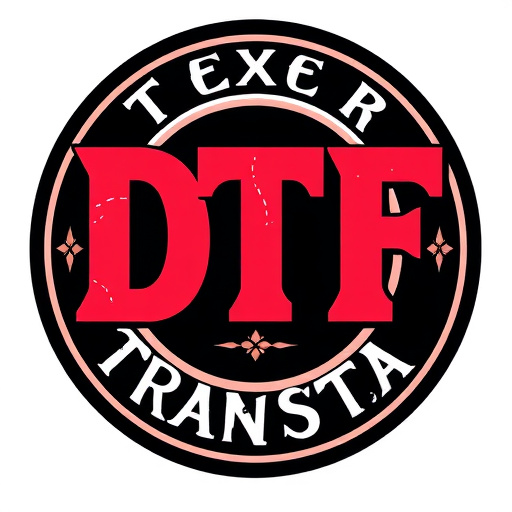
Optimizing Direct-to-Film (DTF) prints is an essential step to reduce processing duration and enhance overall efficiency. One effective tip is to preprocess your designs digitally before transferring them to film. Using vector graphics and ensuring high resolution can streamline the printing process, minimizing errors and saving time. Additionally, consider using specialized DTF transfer papers designed for faster drying and better adhesion, which will speed up the production line.
Another crucial aspect is to organize and plan your orders wisely. Batching similar designs together and prioritizing urgent requests can significantly cut down processing times. Efficient inventory management and keeping an eye on raw material levels ensure a smooth workflow, avoiding delays caused by stockouts. Remember, optimized DTF printing processes translate into faster turnaround times for your clients, giving you a competitive edge in the market.
Case Studies: Efficient Delivery of DTF Products in Real-World Scenarios
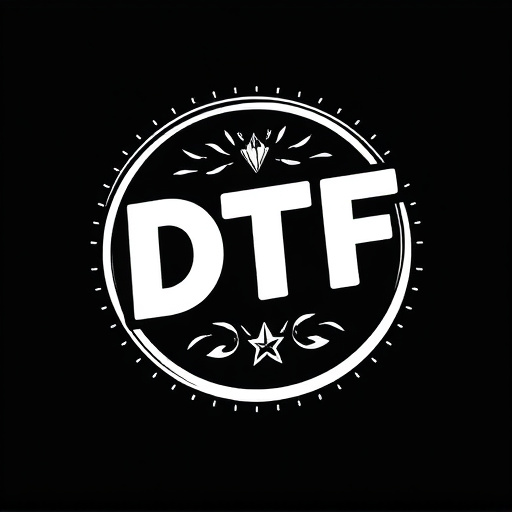
In real-world scenarios, Direct-to-Film (DTF) products have proven their efficiency and reliability through various case studies. These studies highlight how DTF Transfer technologies can significantly enhance production workflows, especially in high-demand industries like fashion, retail, and event management. For instance, a leading apparel brand utilized DTF Printing to swiftly adapt to fluctuating market trends, reducing lead times by 40% compared to traditional methods. This allowed them to offer limited-edition designs with remarkable speed, capturing consumer interest and boosting sales.
Another successful implementation involved a local event organizer who needed to print custom merchandise for an upcoming festival. By employing DTF technology, they achieved an impressive turnaround time of just 24 hours from design approval to final prints. This efficiency not only met the tight deadline but also ensured high-quality, vibrant DTF Prints that showcased intricate designs. Such case studies underscore the versatility and speed of DTF Transfer processes, making them invaluable assets for businesses seeking agile and effective product delivery.
Future Trends in DTF Delivery: Enhancing Speed and Reliability

The future of Direct-to-Film (DTF) delivery is poised for significant advancements in speed and reliability, driven by technological innovations and growing consumer expectations. Emerging trends suggest a shift towards faster turnaround times, with advanced DTF printing techniques enhancing efficiency and productivity. Automation plays a crucial role in this evolution; automated systems streamline the production process, reducing human error and enabling quicker turnaround from design to delivery.
Reliability is another critical aspect that will be refined through smart integration of data analytics and predictive modeling. These tools allow for precise tracking of DTF prints, ensuring timely delivery and minimizing delays. As the market continues to evolve, consumers can expect even more efficient and dependable DTF transfer services, catering to the rapid pace of modern life while maintaining high-quality results.






